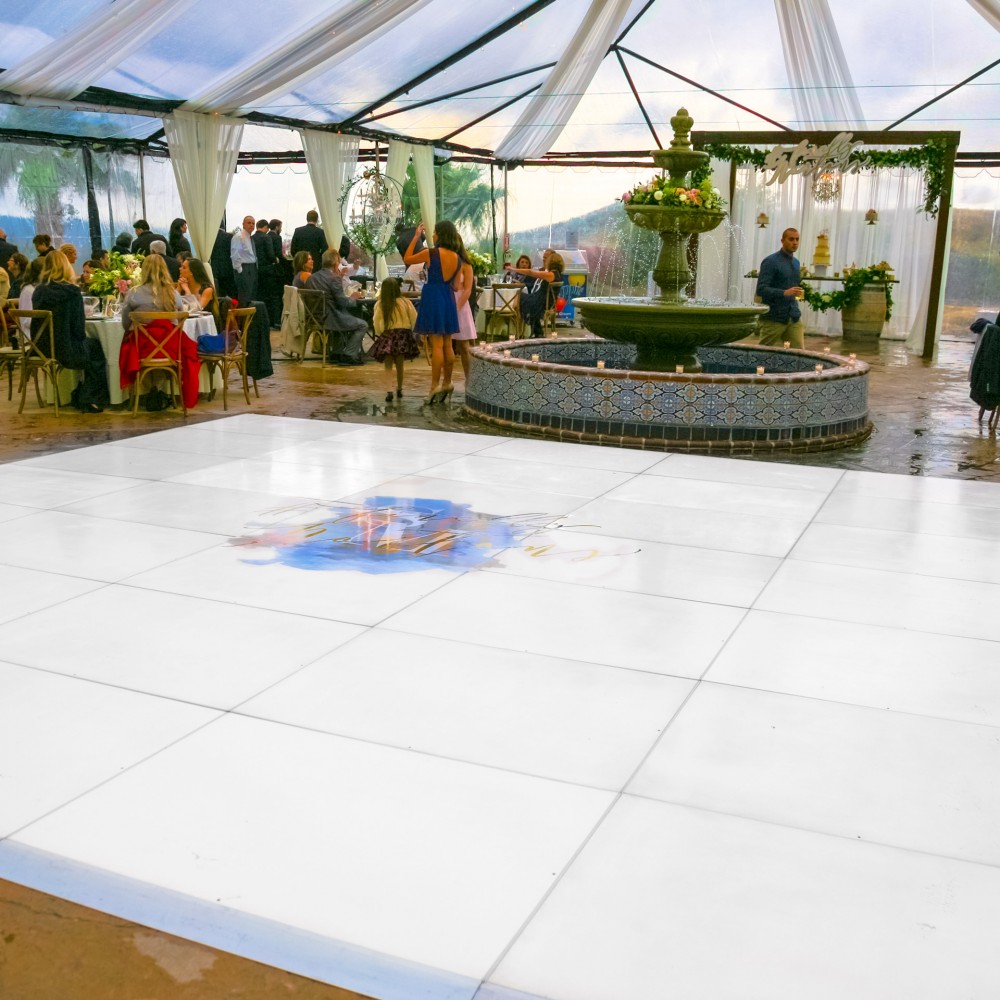Enhancing Ingenuity With Shade Principles within Illuminated Dance Surface Creations
Enhancing Ingenuity With Shade Principles within Illuminated Dance Surface Creations
Blog Article
Hue concept is an crucial element of aesthetics, especially when it relates to creating LED dancing surfaces. The interplay of colors can significantly influence the atmosphere and energy of a venue. Through understanding how hues function together, designers can craft an ambiance that enhances the overall experience for dancers. This article examines the basics of color theory and its application in LED dancing surface layouts.
The primary colors are red, blue, and golden. These hues cannot be created by blending different hues combined. Intermediate hues, such as green, tangerine, and purple, are formed by combining main hues. Third-level hues are formed by combining a primary color with a secondary color. Understanding these basic relationships helps creators select hues that enhance one another and produce a aesthetically pleasing show. Mixing these colors on an LED dance surface can result to vibrant and stimulating outcomes that attract the focus of participants.
Hue temperature also plays a crucial part in aesthetics. Hues can be classified as hot or cool. Warm colors, such as red, orange, and golden, often to evoke emotions of excitement and warmth. In opposition, chill hues like azure, green, and purple typically create a serene and tranquil environment. Designers can use these color values to establish the ambiance for various types of events. For instance, a celebration atmosphere may benefit from hot hues that invigorate the crowd, while a more relaxed occasion might employ cool colors to provide a soothing effect.
In furthermore to hue site pairings and temperature, brightness and saturation are essential factors to consider. Luminosity refers to how bright or dim a hue appears, while saturation measures the vividness of a hue. Bright, saturated colors can generate a lively and lively atmosphere, ideal for dance floors. On the other hand, gentler, lower saturated colors can create a further muted environment. Through adjusting brightness and saturation, designers can draw attention to specific areas of the dance surface or establish sight pathways, guiding participants through the venue.
Finally, it is crucial to consider the psychological impacts of hue in LED dancing floor layouts. Various colors can elicit various emotions and reactions. For example, crimson is often linked with zeal and energy, while blue can be soothing and peaceful. Grasping these connections allows designers to tactically apply colors to influence the behavior of dancers. By incorporating hue principles into light-emitting diode dancing floor designs, creators can improve the total encounter, making it unforgettable and check here enjoyable for everyone involved.